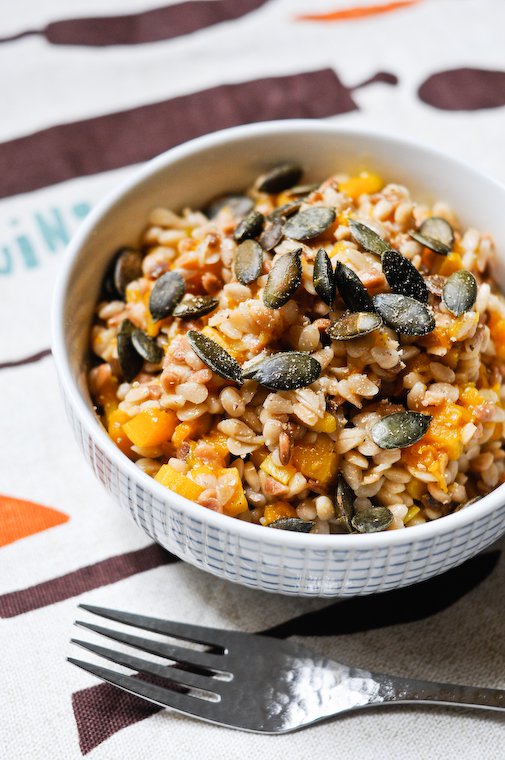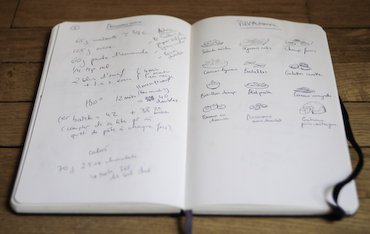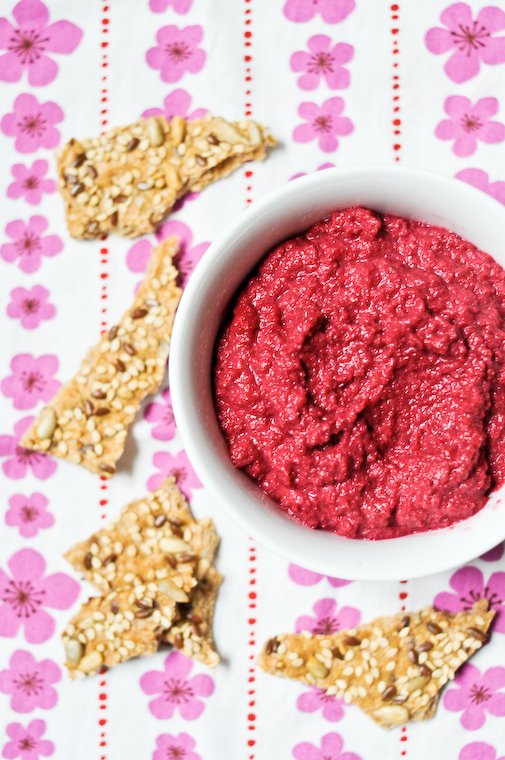I am not very big on what the French call arts de la table (literally, table arts), an umbrella term that covers the choice and placement of dinnerware, silverware, and glassware, as well as flower arrangements and any other table decorations.
Unless it’s a party and there’s very many of us, only cloth napkins will do.
I do appreciate a nicely laid table, and admire those hosts who devote time and energy to thinking up seasonal themes and handcrafting little trinkets to prettify each place setting (especially if it’s done resourcefully, with three pieces of string and zero budget), but my own style is definitely more minimalist.
Round white plates (from Crate & Barrel, dating back to our California days), simple wine glasses (we’ve been faithful to the C&S range for years), embossed forks we brought back from Japan, and rosewood-handled knives bought in Laguiole — all of this we arrange in five minutes on dark woven placemats set on our black wood and frosted glass table, and call it a day.
Paper or cloth napkins?
Well, not quite. There’s the question of napkins, too. Unless it’s a party and there’s very many of us, paper napkins (or worse, sheets of paper towel torn off from the roll) feel all wrong to me: they lack that warm touch that makes you feel at home, they’re too light to stay put on your lap, and half the guests end up bunching theirs up beyond recognition, and it looks like the table is strewn with used tissues.
So, no. When I’m a guest somewhere I’m happy with anything I’m given, so appreciative I am to be fed dinner, but in my own house, I insist on cloth napkins.







